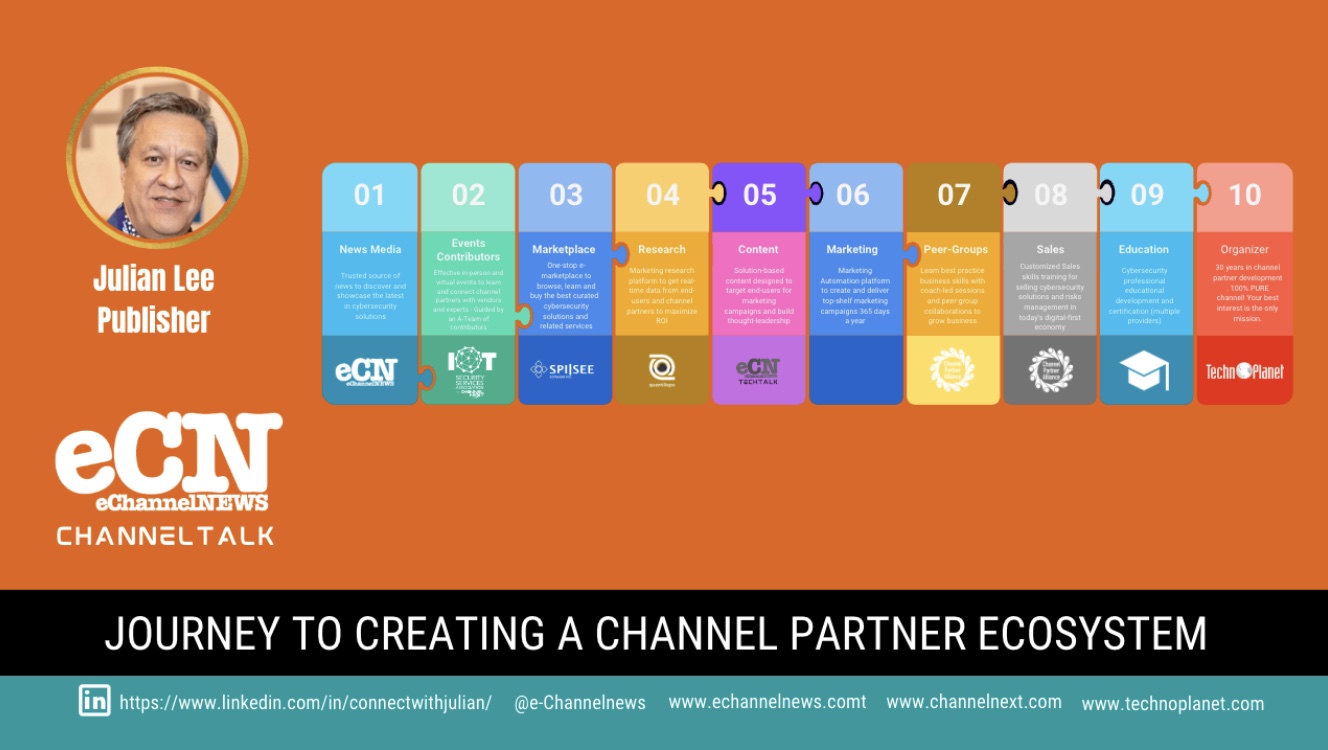This article focuses on PRM – Partner Relationship Management – and the many challenges vendor organizations face during the process of finding, on-boarding and managing successful partners. We will be focusing on how CRM can be leveraged to make this job much easier.
In my educational work on PRM with Adxstudio, the leading supplier of portals for the Dynamics CRM marketplace, we found the following to be some of the greatest challenges for vendors managing partner relationships:
– Gaining partner mind share
– Onboarding, training and managing certifications
– Partner onboarding and retention
– Getting Partners to market your offering
– Measuring and managing partner growth, profitability & ROI
– Channel conflict & territory coverage
– Understanding competitive threats
– Internal operation efficiencies and alignment of the business process
In this article we’re going to deal with how to use CRM as a PRM tool to help solve some of these problems. Well, to start, I feel that the typical partner on-boarding and management process is very similar to that of a traditional sales process, therefore CRM, when used in a PRM mode, can effectively manage that process. So here is a 5 step guide to help you better use CRM/PRM to acquire and manage partner relationships.
Step one – Map out a repeatable business development process for these potential prospect partners and customize your CRM to match these processes.
Step Two – Make sure you start with a clean CRM database of prospective partners segmented by size, location, current offerings and key contacts. (If you have a current partner management team in place you will likely find these contacts in the usual places like Outlook and Excel.)
Step Three – Assign these prospective partners to your on-boarding team members and schedule follow-up calls and emails in their CRM activities.
Step Four – Begin your marketing campaigns with specific messages for your prospective partners.
Step Five – As these potential partners are qualified, begin to create CRM opportunities related to the onboarding process. Make sure the opportunities have sales stages, just like an end user sales opportunity. For example, you may have stages set for:
1. Initial Qualification
2. Partner Presentation
3. Partnering Agreement Sent
4. Verbal Agreement
5. Partner Agreement Sign-off
I find that using CRM to track the partner acquisition process has some great benefits. For a Partner Manager, it keeps things organized and allows for progress to be easily tracked. For the VP of Channels, it creates the necessary reports and dashboards required to measure and manage the team’s progress.
Keep in mind, without the use of CRM it would be difficult, if not impossible, to get a real understanding of your partner acquisition program’s successes or challenges. Also, if potential partner contacts are not tracked in CRM, these relationships will most likely, over time, begin to fall through the cracks as follow-up without CRM becomes sporadic at best, and difficult to manage over the long-term.





